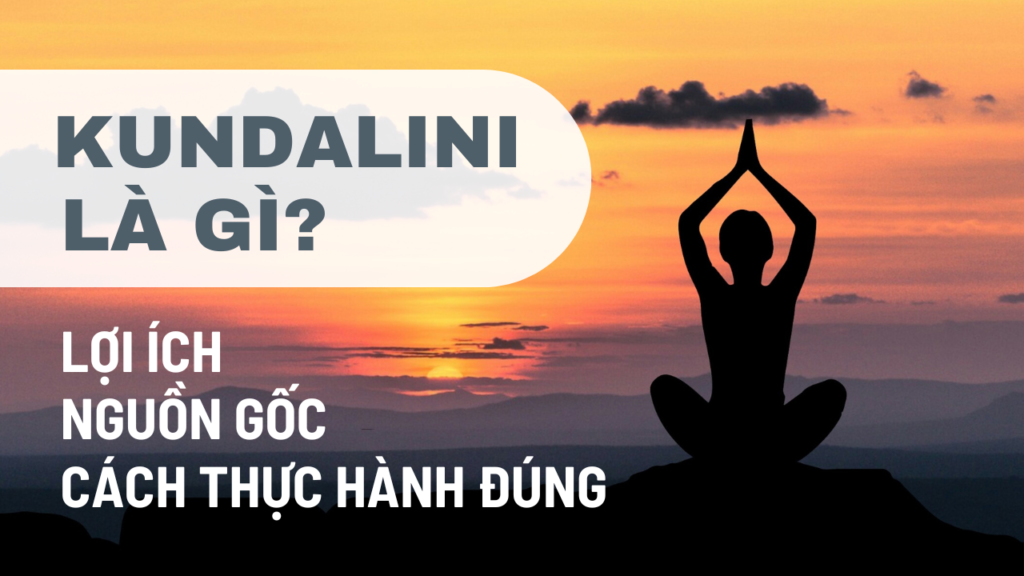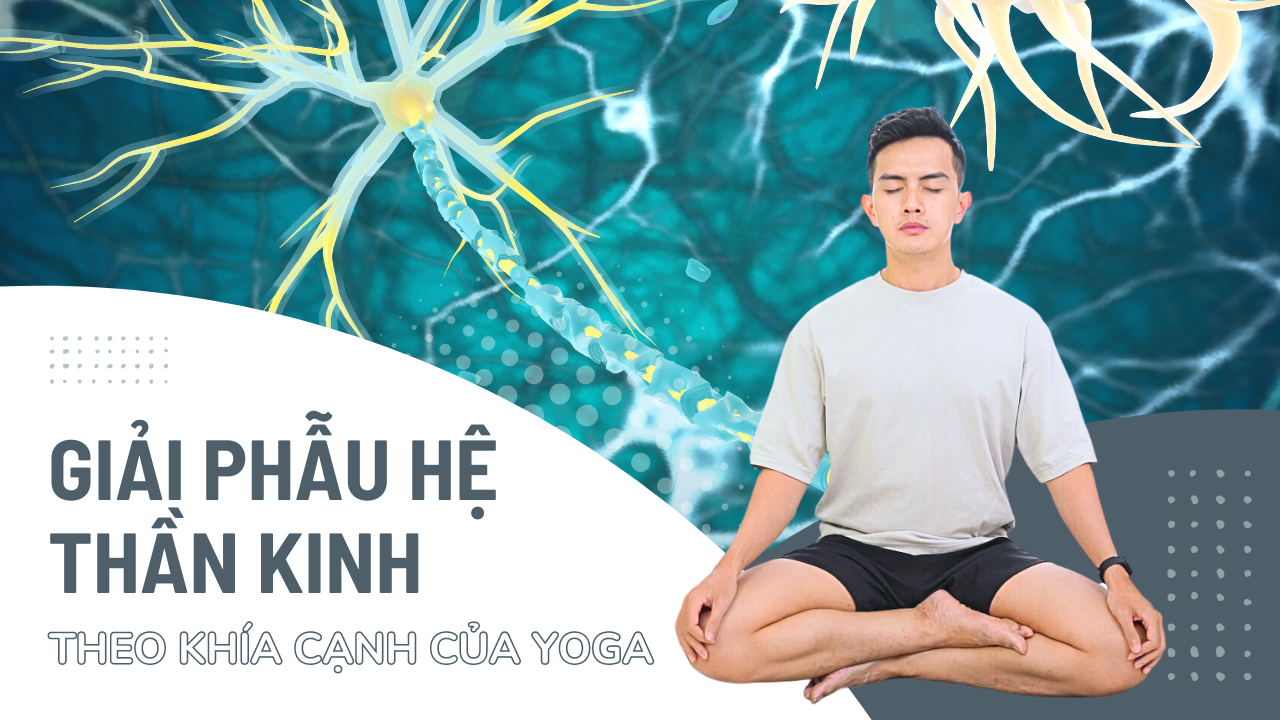In this article, Nguyen will introduce the Kundalini meditation method and the benefits it brings to both mental and physical health. We will explore what Kundalini is, the origins of Kundalini meditation, how to do it correctly, and signs that Kundalini energy has been activated. Besides, the article will also mention the role of chakras in the body and how Kundalini meditation helps open and balance them. Let's learn to better understand this special meditation method and how it can change your life.
What is Kundalini meditation?
Kundalini meditation is a form of meditation aimed at awakening the hidden energy at the base of the spine. Kundalini meditation is part of the Kundalini yoga discipline, combining breathing techniques, yoga movements, and chanting to activate and guide this energy through the body's chakras. The goal of this method is to achieve enlightenment, enhance physical and mental health, and expand consciousness. When Kundalini energy is activated, it can bring feelings of happiness, creativity, and harmony with the universe.
Kundalini meditation can be compared to cleaning the mind every day, similar to taking a bath to clean the body. In addition to bringing relaxation and reducing stress, Kundalini meditation also helps reduce anxiety and create energy balance in the body, helping the mind to relax and improve emotional control.
Kundalini meditation is not related to religion or belief, but is a method that helps release hidden energy in the body. When this energy source is cleared, your mind and awareness will become deeper, helping you better understand yourself.
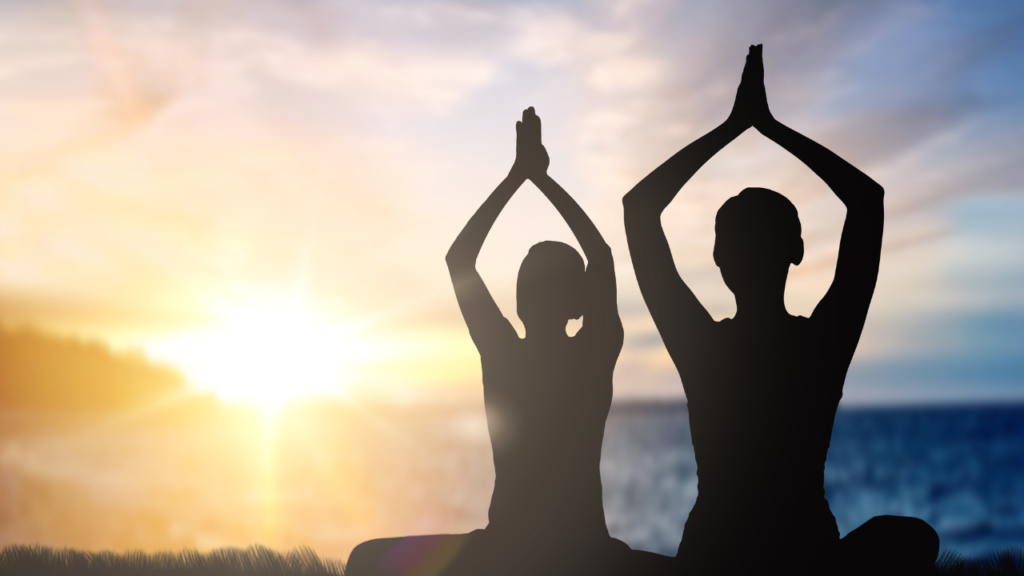
According to experts, practicing Kundalini meditation regularly and properly not only helps release energy but also opens seven chakras in the body, from the base of the spine to the top of the head. Each of these chakras in Indian culture represents a different aspect of life:
- Muladhara: Located between the genitals and anus, related to life and sexual ability.
- Swadhisthana: In the groin area, affects emotions, sexuality and creativity.
- Manipura: Adrenal area, controls energy, digestion and intelligence.
- Anahata: In the chest, related to compassion, love and happiness.
- Vishuddha: Throat area, related to the ability to communicate and convey information.
- Ajna: Between the eyebrows, affects perception of time, light and people.
- Sahasrara: At the top of the head, related to the spirit and controlling the other chakras.
Benefits of Kundalini meditation
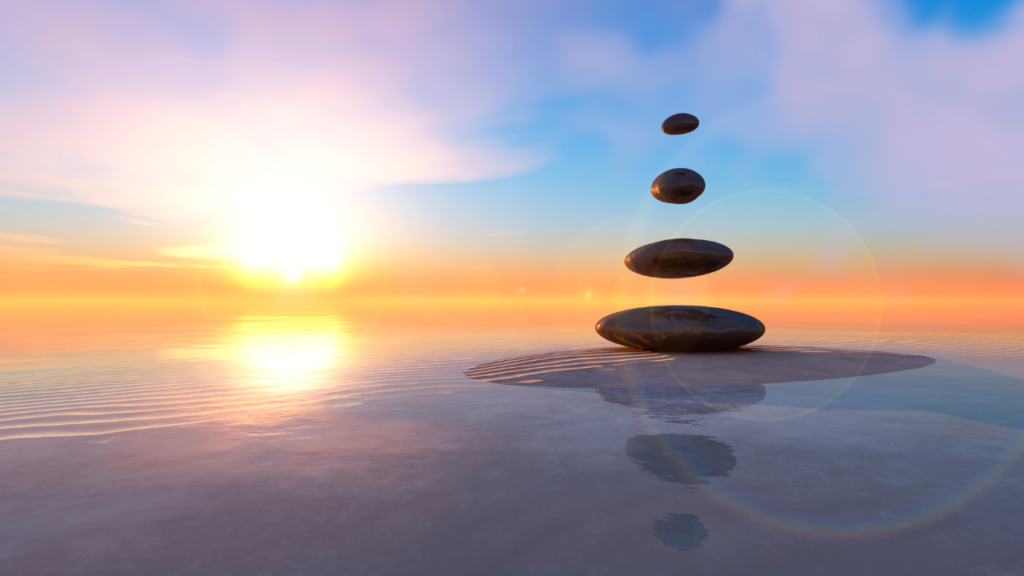
Kundalini meditation offers many benefits for both the mind and body. Here are some of the main uses of Kundalini meditation:
- Release hidden energy: Kundalini meditation helps activate and release hidden energy at the base of the spine, creating energy balance in the body.
- Improves mental health: Helps reduce stress, anxiety, and symptoms of depression. It can also bring a sense of peace and happiness.
- Enhances concentration and awareness: Kundalini meditation helps improve concentration, enhance creativity, and expand awareness.
- Improve physical health: Combining yoga movements and breathing techniques, Kundalini meditation can improve the body's flexibility, strength and endurance.
- Enhance emotional control: Helps you control emotions better, minimize negative reactions and increase confidence.
- Spiritual Expansion: Helps you connect more deeply with yourself and the universe, opening the possibility of experiencing higher states of consciousness.
- Open the chakras: Kundalini meditation helps open and balance the chakras, thereby improving psychophysical functions and creating harmony in the body.
Origin of Kundalini
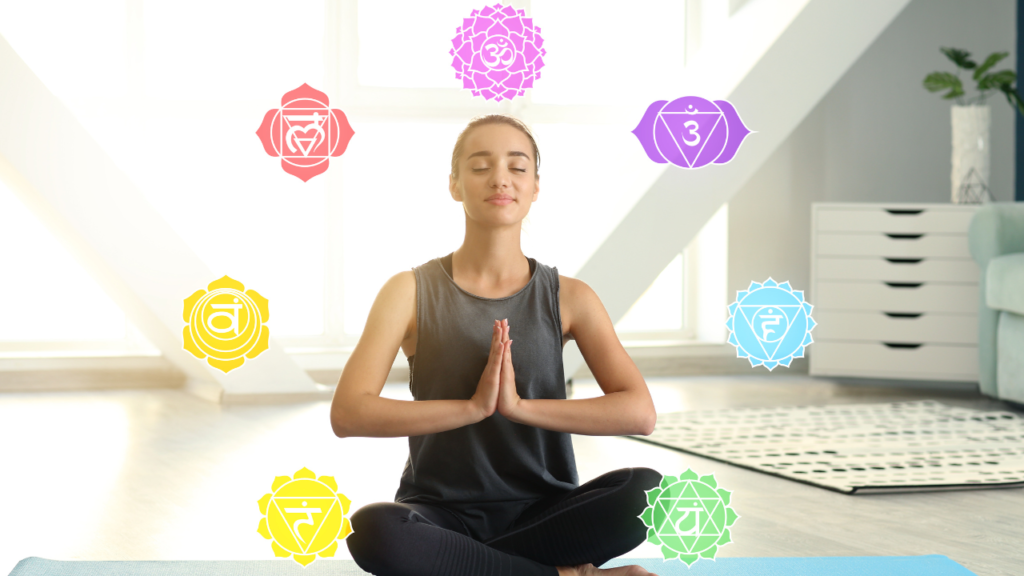
Kundalini originates from ancient Indian traditions, especially in religions such as Hinduism and Buddhism. The term “Kundalini” comes from Sanskrit, meaning “coiled” or “spiral,” symbolizing the hidden energy coiled at the base of the spine. Kundalini yoga and meditation have been propagated through classical texts such as the Upanishads and Tantra texts, where it is described as the path to enlightenment and expansion of consciousness. Yogi Bhajan was an important figure in bringing Kundalini yoga to the West in the late 20th century, helping to popularize the practice.
How to do Kundalini meditation correctly
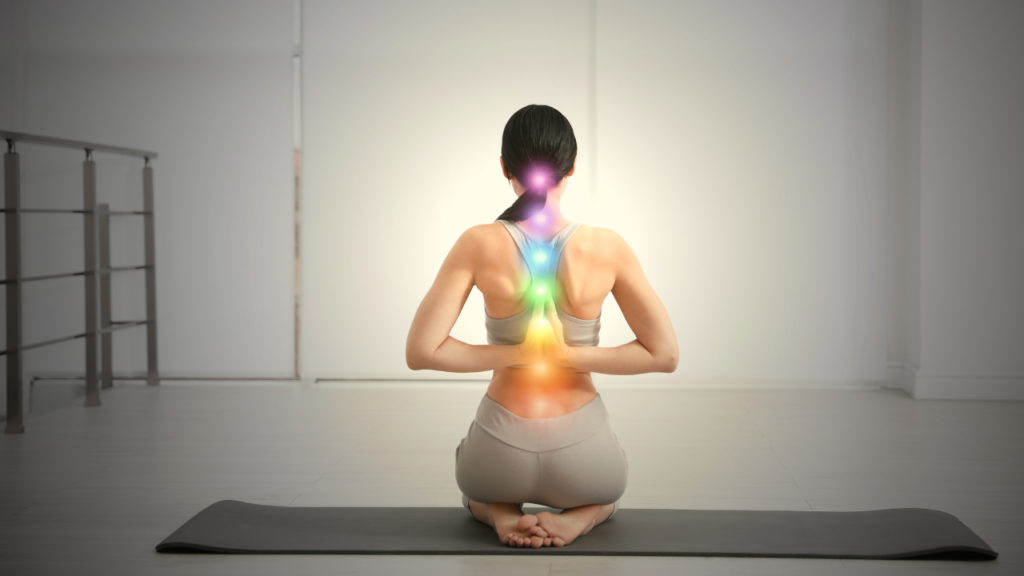
To reap the benefits of Kundalini meditation, following the correct method is very important. Every day, just spend 5-10 minutes in the morning after waking up to meditate on Kundalini, you will see positive changes. Here are the basic steps to get started.
- Choose a quiet space: Meditation location is very important, affecting the ability to concentrate and control the mind. Choose a quiet place like a garden, reading room or terrace, and play light music without lyrics.
- Comfortable clothes: Wear loose clothing and good absorbent material to avoid distraction and achieve high efficiency when meditating.
- Meditation time: You can meditate at any time of the day when you need to calm down, but make sure not to be disturbed during this time.
- Correct meditation posture: Sit cross-legged, keep your back straight, and keep your arms relaxed to increase meditation effectiveness.
- Reasonable meditation time: The ability to concentrate is more important than the time spent meditating. Meditate for 3 minutes to 2.5 hours, depending on your ability and comfort.
- Focus on breathing: Breath control is very important in Kundalini meditation. The longer you meditate, the more you should slow down your breathing and focus on each exhalation and inhalation. One breath cycle can last 7-8 seconds.
- Feel the breath: Combine reading the maxim with each breath to achieve the highest meditation effect.
- End of meditation: End the meditation session by breathing deeply, touching your palms together and bringing them to the top of your head, then exhale and gently lower your hands.
What are the signs that your Kundalini energy has been activated?
Signs that your Kundalini energy has been activated can vary widely and often depend on the individual. Here are some common signs:
- Feeling of energy: You can feel the energy moving along your spine or throughout your body. Sometimes, this sensation is described as heat waves or a vibrating sensation.
- Increase awareness: Your cognitive abilities may become sharper. You may experience an increase in intuition, feeling, and a deeper understanding of surrounding issues.
- Changes in emotions: You may experience strong emotional changes, feel more emotional, or have periods of profound happiness and peace.
- Changes in sleeping habits: You may experience sleep changes, such as difficulty falling asleep or sleeping very deeply and feeling alert and energetic after waking up.
- Physical changes: Some people may experience physical changes such as increased body flexibility, changes in taste, or discomfort or pain in certain areas of the body.
- Enhance concentration ability: You may notice a significant improvement in your concentration and ability to perform daily tasks more effectively.
- Feeling of harmony and happiness: Many people describe feeling in harmony with their surroundings and experiencing a deep and constant well-being.
Kundalini meditation, with its roots in the ancient Indian tradition, is not only an effective meditation method but also a holistic approach to improving health and well-being. Practicing regularly and properly helps you open up and balance the hidden energy in your body, thereby opening up new cognitive and spiritual potentials. Even though it is not related to religion or belief, Kundalini meditation still brings peace, happiness and superior emotional control. Starting with simple steps, you will gradually feel positive changes in your life, both mentally and physically.
Nguyen hopes the above sharing will be useful in your process of learning about Kundalini. Please follow Nguyen Yoga's next articles to gain more useful knowledge.

